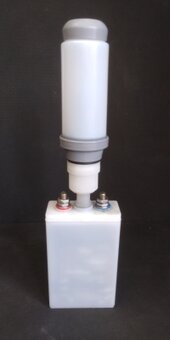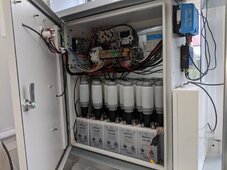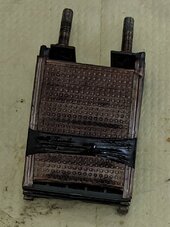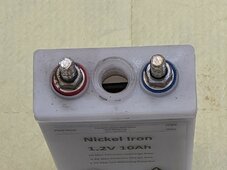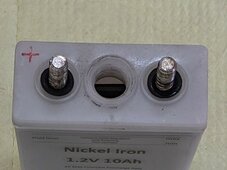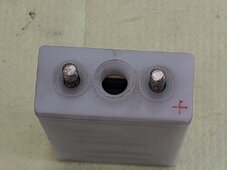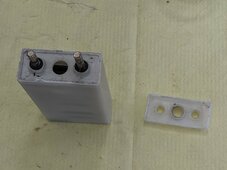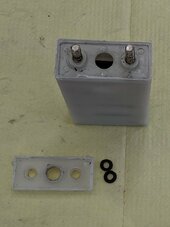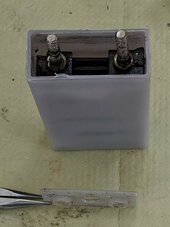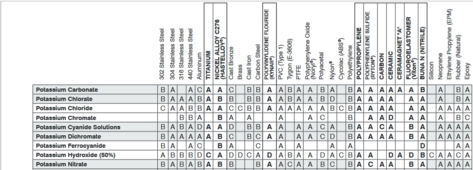The bank I picked up 3 years ago (10 years old at the time) had a layer of polypropylene beads floating on the electrolyte. This is supposed to limit the exposure to atmosphere.
I've never used those batteries but I used to get NiCad cells of similar design and chemistry that had cell oil on the surface floating there to prevent CO2 from reacting with the KOH in the cells..
Our cells fail because the monthly inspection says to check the SG of the electrolyte.
It never changes but its in the PM and I know its harming the batteries because the oil is wicked off the top of the cells by the rubber hose n the Hydrometer and people like to swish and slurp all kind of air in there to mix things good.
No one listens to me so the PM continues to be done that way.
I am not given the PM to do anymore because I write on it " this test is stupid pointless and damaging our station batteries and I refuse to test the SG " and bosses and planners don't like to be told stuff like that.
So I just water them do a by monthly equalization and walk away.
No one does an equalization but me its not on the PM, but this is what mostly cracks off the water that needs to be replenished .
I don't have any recombination caps like you guys are talking about.
My batteries are station batteries only used as back up in emergency to reset breakers.
They should last a lot longer but they are replaced about 5-10 years it seems.
Our batteries come from a supplier in India.
Maybe they have Iron batteries too.
It might be worth investigation.
Yup another supplier.
Kushal Technologies - Offering Amara Raja Nickel Iron Batteries, For UPS, 2v & 12v at Rs 2000/unit in Pune, Maharashtra. Also find Nickel Iron Batteries price list | ID: 22660981762

www.indiamart.com
Indian NiCad station batteries have been hit and miss.
Some sets have failed to perform on commissioning and required special charge procedures I do not understand ,
SAFT batteries never gave us trouble in the old days.



